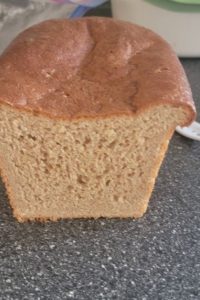Bread falling or collapsing during baking can be blamed on five main reasons. First, under-proofing occurs when the dough hasn’t been given enough time to rise, resulting in insufficient structure to support itself. Second, over-proofing leads to weakened gluten structure due to excessive gas production, causing the dough to lose its shape during baking. Third, incorrect yeast measurement, either too much or too little, can cause the bread to rise too quickly and then collapse or fail to rise adequately. Fourth, under-kneading prevents proper gluten development, leading to a lack of structural strength. Lastly, improper oven temperature and insufficient preheating can hinder the desired oven spring, resulting in a fallen loaf. Understanding these causes helps you in your bread-making journey to troubleshoot and nail that perfectly risen bread.
Under-proofed
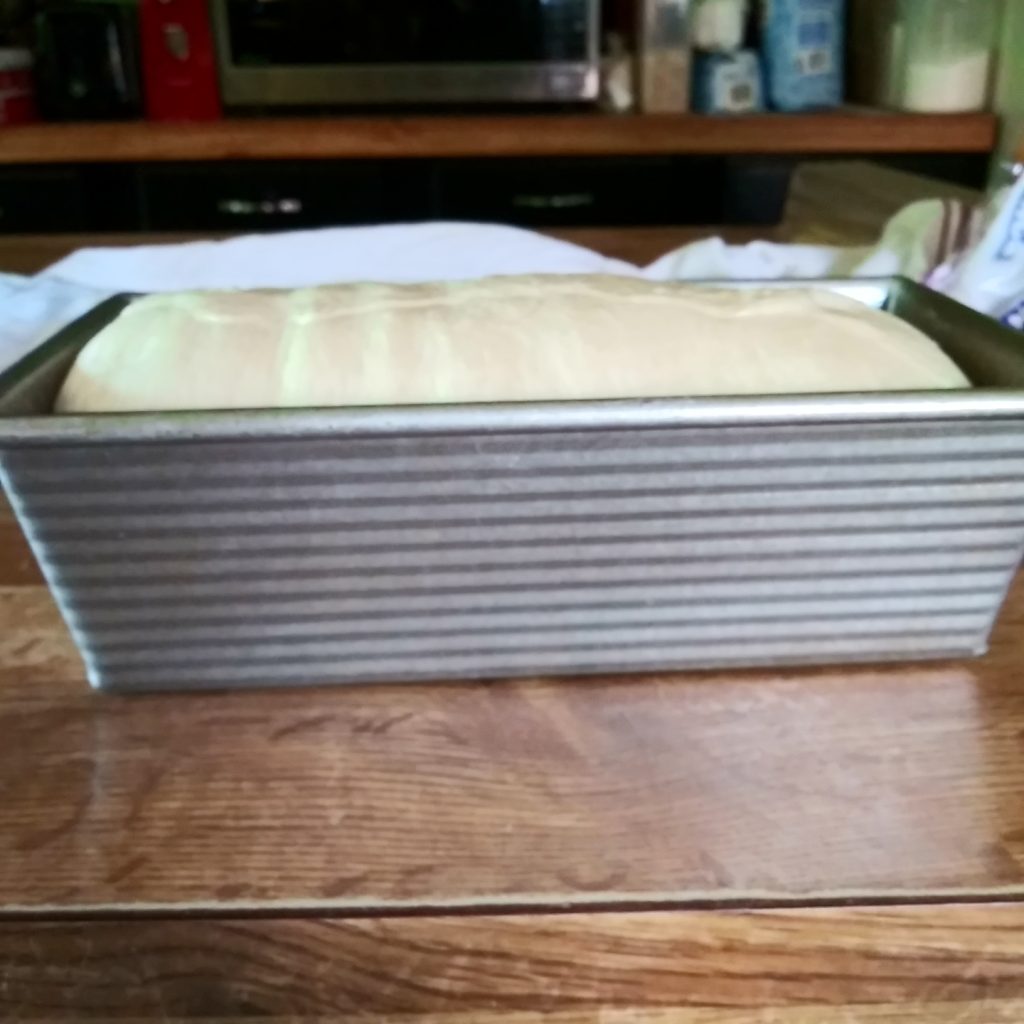
In order to create structure and develop gluten, your bread dough needs to go through a process of rising, which is also known as proofing. If you haven’t given your dough the time to rise, there may not be enough structure to support itself when baking, and yep, you guessed it. It will fall or collapse. You have to be patient and give your dough a fighting chance. During this first rise or proof, you want your dough to double in size.
How long this takes depends on how warm or cold your kitchen is. The colder your kitchen, the longer this process is going to take. You want to place your dough in a warm place that has no draft. I have a proofing function on my oven, but to be honest, I never use it. I place plastic wrap over my bowl of bread dough and place it in the microwave with the door shut.
To check if your dough has proofed, you can do what is called the “poke” test. Gently poke your finger into the dough up to the first knuckle. If the indentation springs back slowly, you are good to go. But if it springs back quickly, your dough needs more time to rise.
Over-proofed
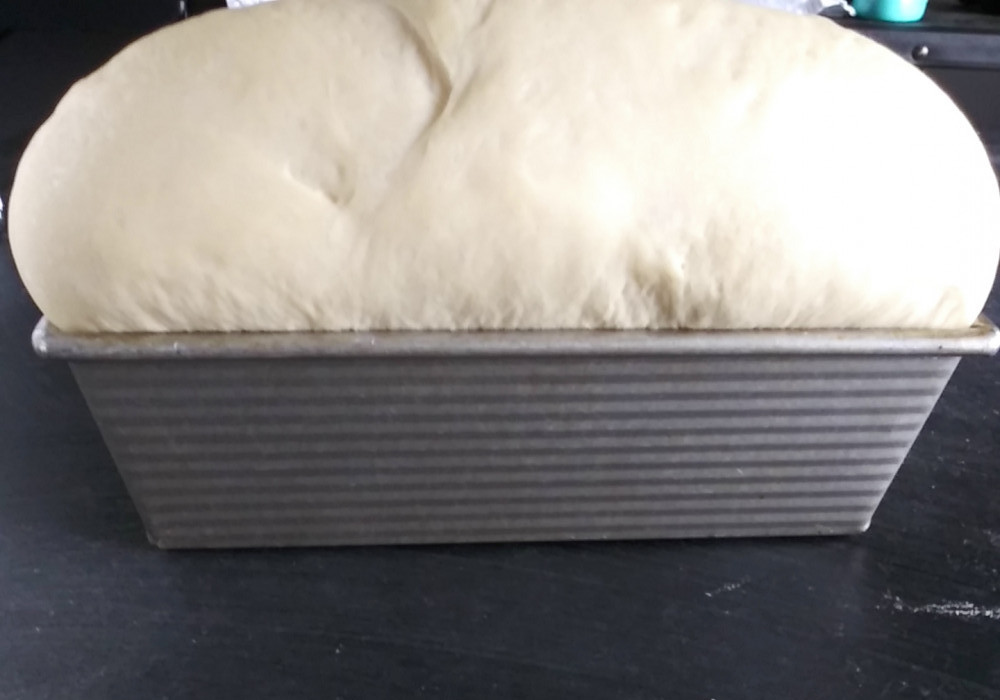
Overproofing your dough can also cause your bread to fall or collapse. By allowing the dough to rise too long, the gluten structure may weaken due to the overproduction of gas bubbles, and the dough will be unable to hold its shape while baking. Doing the poke test will either collapse the dough when poking, or the indentation does not spring back at all.
You really need to keep an eye on your dough to prevent over-proofing. A really warm kitchen can cause your dough to rise faster than the time stated in the recipe.
If your dough has over-proofed, just gently punch the dough down, reshape, and allow it to rise again, keeping a careful watch over the dough.
Yeast
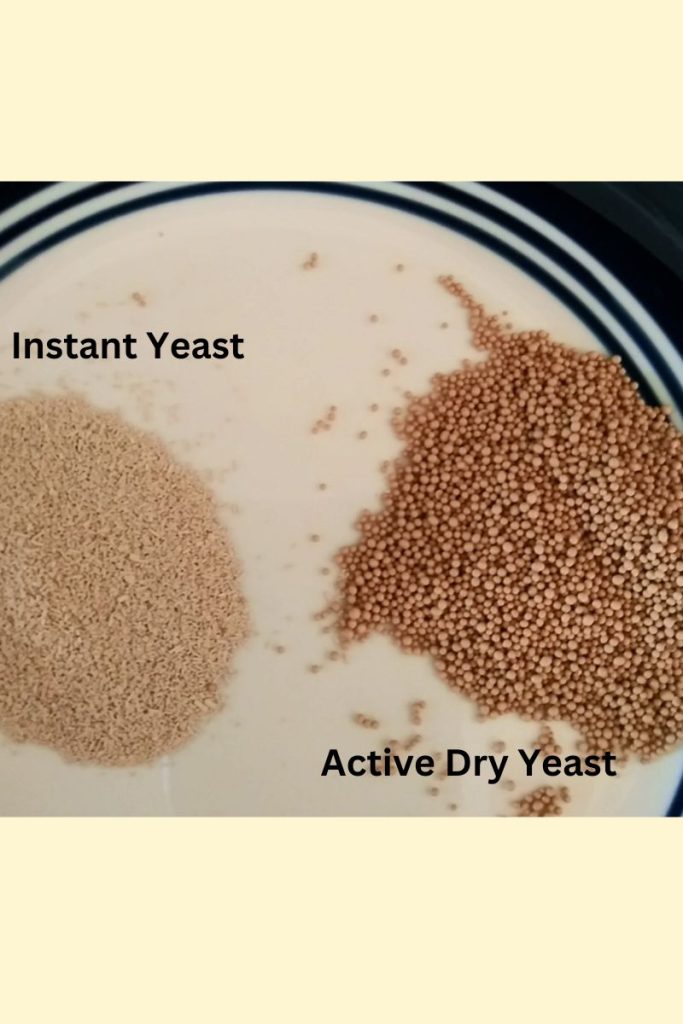
Correct measuring of the yeast is important to prevent your bread from falling or collapsing. With too much yeast, the bread may rise too quickly and then collapse during baking. Always use the amount of yeast that is specified in your recipe.
My mother-in-law made the best yeast rolls. They were light, fluffy, and tall. She is gone now and never told me her secret. Nevertheless, every year for Christmas my husband asks for rolls just “like his mom’s”. And every year, I fail. I get the light and fluffy. I just can’t get tall.
I thought that the more yeast I used I would get that big rise. Nope, nada. No can do. Well, you get my drift. It didn’t work. I got tall during the rise, but when baked, they just fell.
Another tip is to make sure your yeast is good. Make sure that the packets are not out of date. I buy my yeast in bulk. I open the package and transfer it to another container, and keep the closed container of yeast in my refrigerator. Whether it is active dry yeast or instant yeast, I always measure out my yeast into warm water and a teaspoon of sugar and let sit for at least 10 minutes. If the mixture becomes frothy, you are good to go. You know your yeast is good.
There are two types of yeast. Rapid rise/instant yeast and active dry yeast. It is recommended that you always “proof” your active dry yeast in warm water and a small amount of sugar and let it sit until it is frothy. The rapid rise/instant yeast can be directly added to your flour. I know it is an extra step and why many use instant yeast, but I always “Proof” my yeast, whether it is active dry or instant yeast.
While the yeast is “proofing,” I measure my flour and other ingredients and have them ready for the next step in my recipe. Here is a great bread recipe you may like to try.
Under Kneading
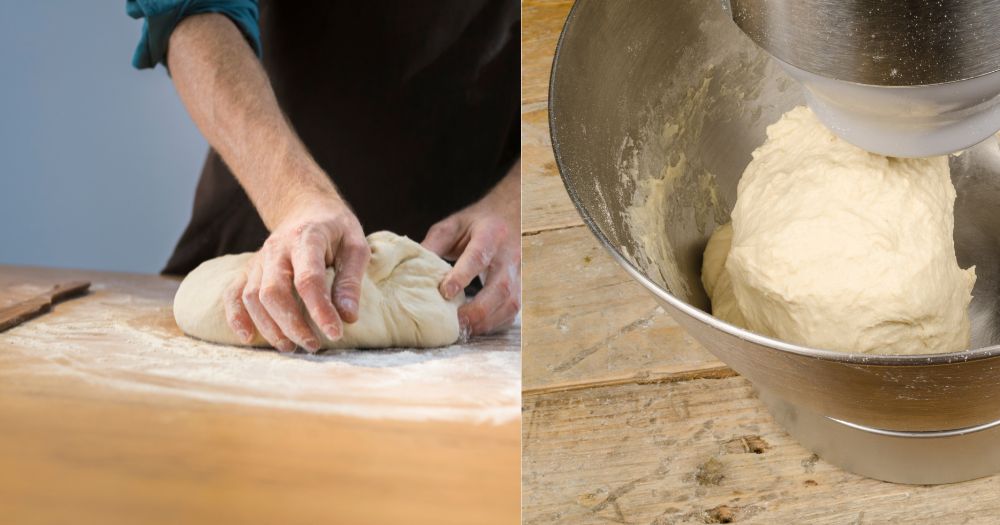
Kneading your bread dough is another way to form gluten and strengthen the structure. Without this, your bread may fall. So it is important to knead your bread dough until the dough is smooth, soft, and elastic. But how smooth? When you become more experienced with bread making you will be able to know when your dough had been kneaded enough just by feeling and looking at your dough.
But in the meantime, there is the window pane test. If you believe your dough has been kneaded enough, take a small amount and stretch it into a square, and keep stretching until you can see light through the dough without tearing it. If the dough tears before you can see light through it, the dough needs to be kneaded some more.
I have to admit that I leave the kneading to my KitchenAid stand mixer. My wrists have become weaker as I get older. But you can knead by hand if you do not have access to a stand mixer it will just take you longer.
Oven Temperature
Oven temperature is another important factor when it comes to your bread falling or collapsing. Always bake your bread at the specified temperature in the recipe. Always preheat your oven for at least 15 minutes. The oven needs to be hot enough, or else that bread is going to fall. Why? Have you ever heard of oven spring? The hot air from the oven hits the bread and causes the bread to rise even higher. This occurs in the first 10 minutes of the bread hitting the oven.
If the oven is not hot enough, the bread may not rise right during baking or may take too long to rise. Making sure that you preheat that oven will ensure a better oven spring.
Final Thoughts
Achieving perfectly risen and well-structured bread requires attention to detail and an understanding of the factors that can cause bread to fall or collapse. By addressing common issues such as under-proofing, over-proofing, yeast measurement, under-kneading, and oven temperature, you can significantly improve your bread-baking results.
Remember to give your dough enough time to rise, creating a warm and draft-free environment for optimal proofing. Properly measuring and using the right amount of yeast will prevent the rapid rise and subsequent collapse. Kneading your dough until it becomes smooth, soft, and elastic helps develop gluten, ensuring a sturdy structure.
Moreover, maintaining the correct oven temperature and preheating adequately allow for a desirable oven spring, where the bread rises to its full potential.
With these insights and techniques in mind, you can confidently troubleshoot any bread-baking challenges and get those delicious, well-risen loaves of bread that will impress both yourself and others. Enjoy the rewarding journey of baking and savor the aroma and taste of homemade bread at its finest. And let’s not forget the heavenly smell of freshly baked bread that spreads throughout the house.
I hope this article helped you with your dilemma of bread falling or collapsing during baking. I would love to hear your thoughts, so leave me a comment below.
An As Always
Keep On Baking!
Taianne
Share the Love

I’m Taianne, the owner and operator behind We Are Baking. Baking my first cake at age 11 hooked me on creating sweet treats. Though my interest faded during childhood, it was rekindled when I married my apple pie-loving husband. I love trying new recipes, tweaking classics, and helping others learn the science and art of baking. I started We Are Baking to share tips, tricks, and favorite recipes I’ve discovered over the years. When not in the kitchen, I enjoy spending time with family and friends. My goal is to inspire others to embrace their creativity through baking. Feel free to contact me with any questions!
Taianne@wearebaking.com

